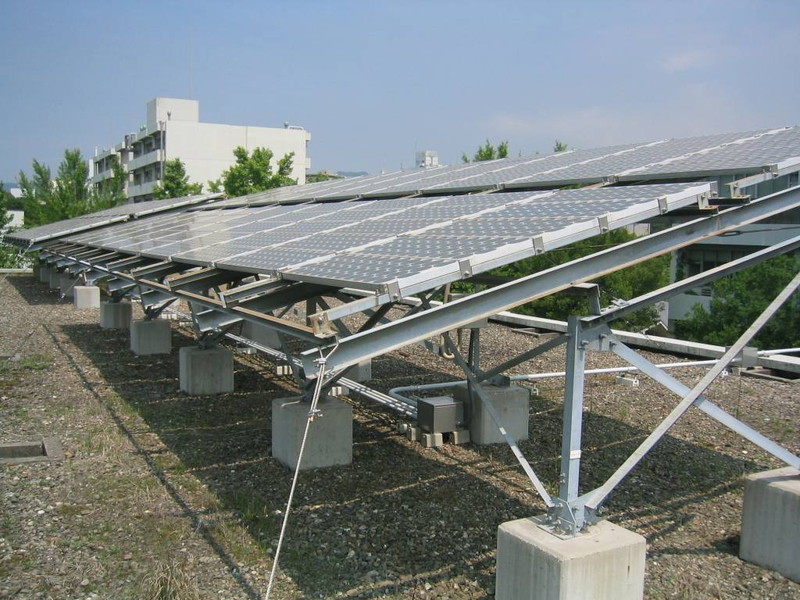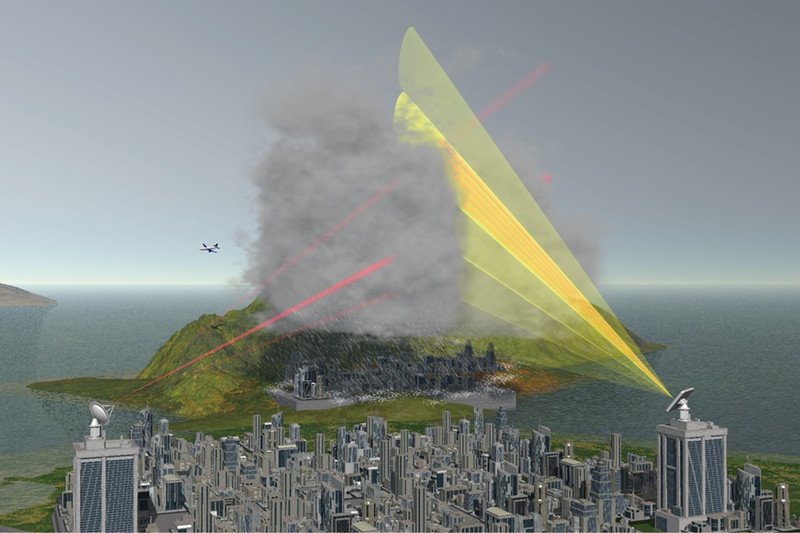This laboratory is established within the D3 Center at Osaka University, which develops and operates computing infrastructure for researchers across Japan. Leveraging our expertise in building and operating the D3 Center’s supercomputing systems, large-scale visualization systems, and data infrastructure, we conduct research and development on next-generation supercomputing systems, advanced high-performance computing infrastructures, and their applications.
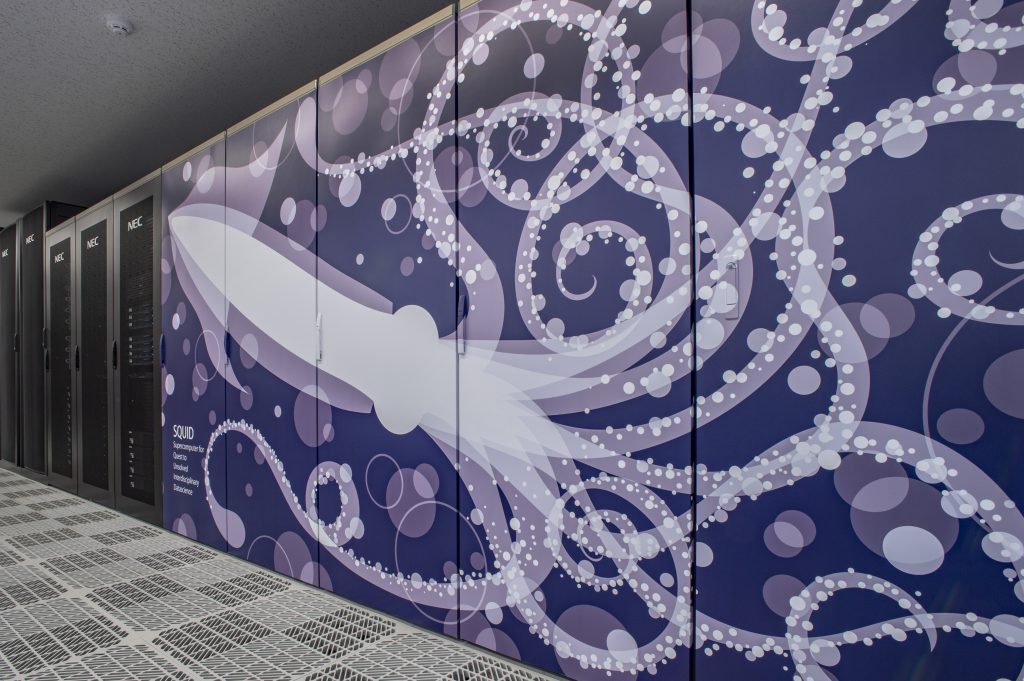
Organic materials are characterized by their excellent flexibility, enabling the construction of flexible and soft systems that are difficult to achieve with inorganic electronics. We are focusing on developing new electronics and other devices using flexible organic materials. More specifically, the goal is to develop systems that can be implemented in applications where flexibility is desired, such as wearable electronics and soft robotics.
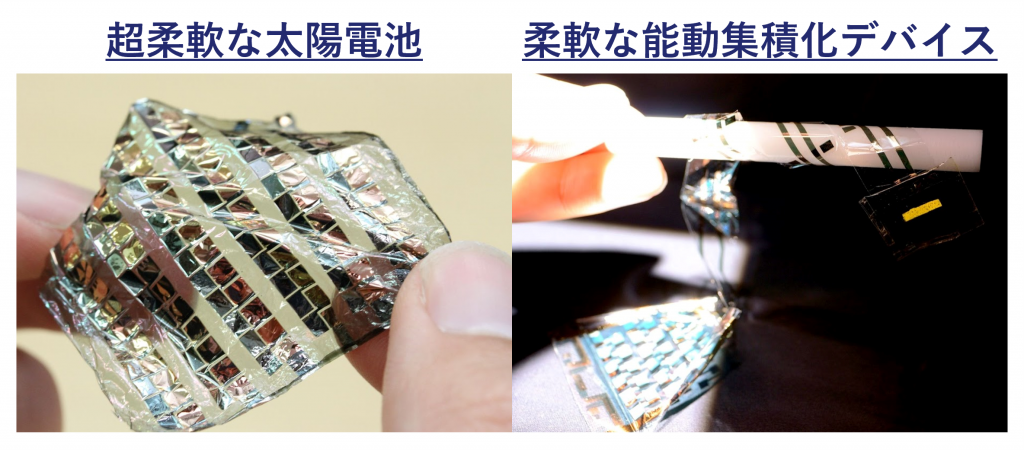
As represented by such terms as cloud'' andbig data,” the maturation of information networks has led to the integration of information processing and data communication. Our laboratory studies robust design of network systems that can provide appropriate information/communication services to users at any time regardless of being in normal or emergency situations. Although we conduct our research on diverse topics in the network system design, we take consistent approaches to them which are firmly grounded in mathematical theory, including the queueing theory, Markov analysis, stochastic geometry, and mathematical optimization.

A typical existing control system consists of a physical system to be controlled and a controller implemented as a cyber system. Such a control system can be regarded as a cyber physical system in which s physical system and a cyber system interact with each other through communication network. We are interested in developing techniques for design, control, and optimization of cyber physical systems based on systems and control theory, computer science, and machine learning, and their applications.
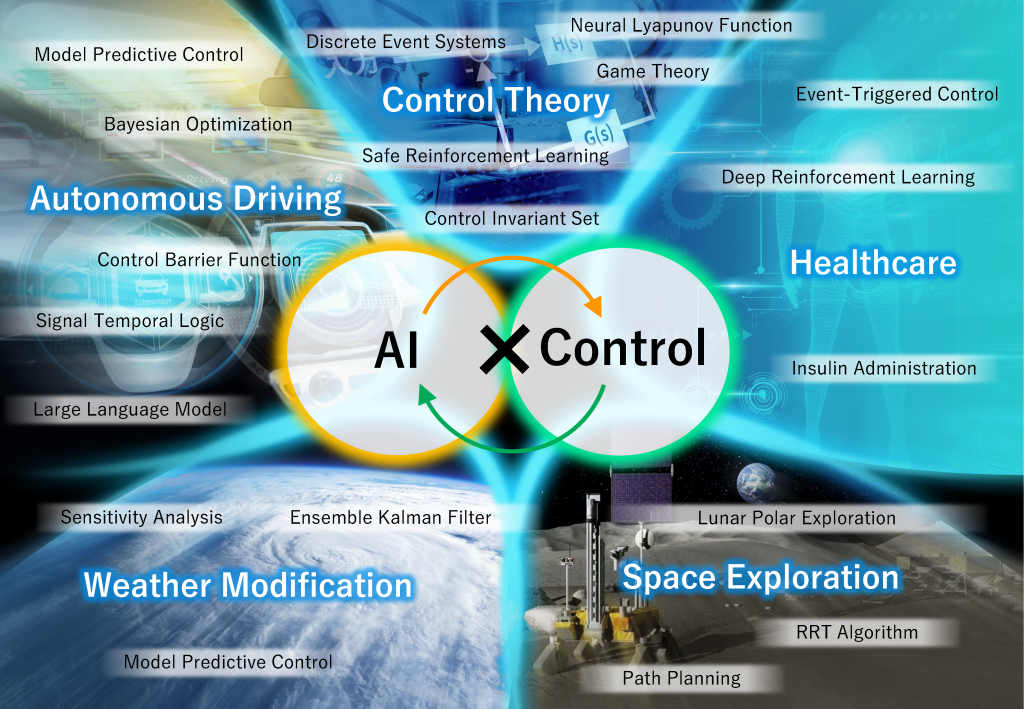
The research works in our laboratory aim at energy saving, miniaturization, and improving performance of power conversion system, which are based on the simulated analysis with evaluating and modeling of loss in power conversion circuit, electromagnetic noise caused by switching operation, and temperature rise by dissipated loss. To this end, the elements of switching device, passive component, and JISSO technology, which are used in the power conversion system, are evaluated and expanded to build system model.
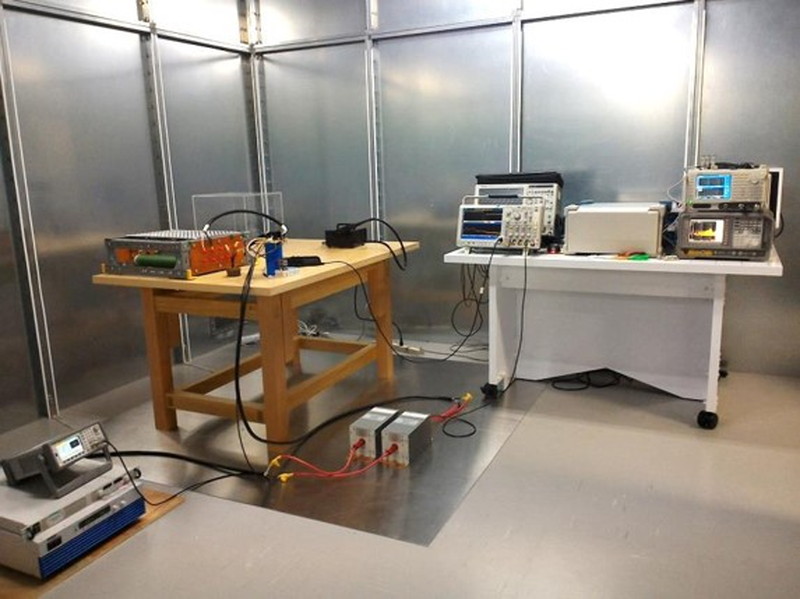
Today, human society is facing global environmental problems such as global warming. In this context, remote sensing technology is a fundamental technology to measure various variables related to the global environment. Accurate measurement, extraction and communication of information is one of the most important issues in building a safe and secure society. It has become a major part of the research and development of remote sensing systems. In this area, the research and development of remote sensing systems is the starting point for the research and development of new measurement methods. Throughout the course of the research, we develop a wide range of research from basic to applied, and from hardware to software.
In addition, as the mathematical treatment of “rational decision-making,” we are conducting research on systems engineering, mathematics and intelligent information He also conducts research in the interdisciplinary fields of academia and soft computing, including optimization, pattern identification, and His research interests include the development and application of chaos theory and group intelligence techniques.
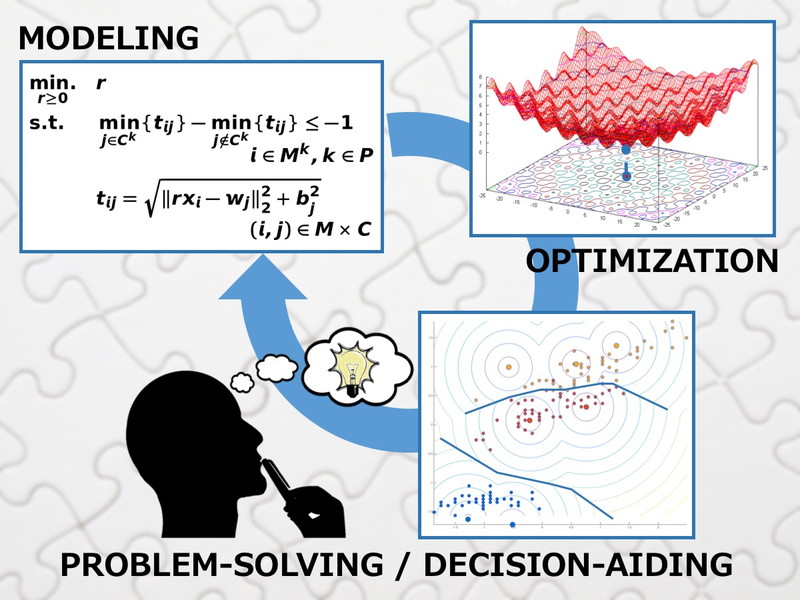

We investigate extreme plasmas from laboratories to the universe, and develop the relevant fields of science, such as astrophysics, space physics, laser and plasma physics. Based on these we develop technological innovations leading to the medical and industrial applications. We conduct experiments with intense lasers, develop mass-production skills of nano-structure targets, and perform numerical simulations with super computers to understand the phenomena. We have broad and strong collaborations all over the world, including US, UK France, Germany, China, Taiwan, India, and also with domestic universities and institutions such as National Institute for Fusion Science, National Institute for Quantum and Radiological Science and Technology, and Institute of Laser Engineering.
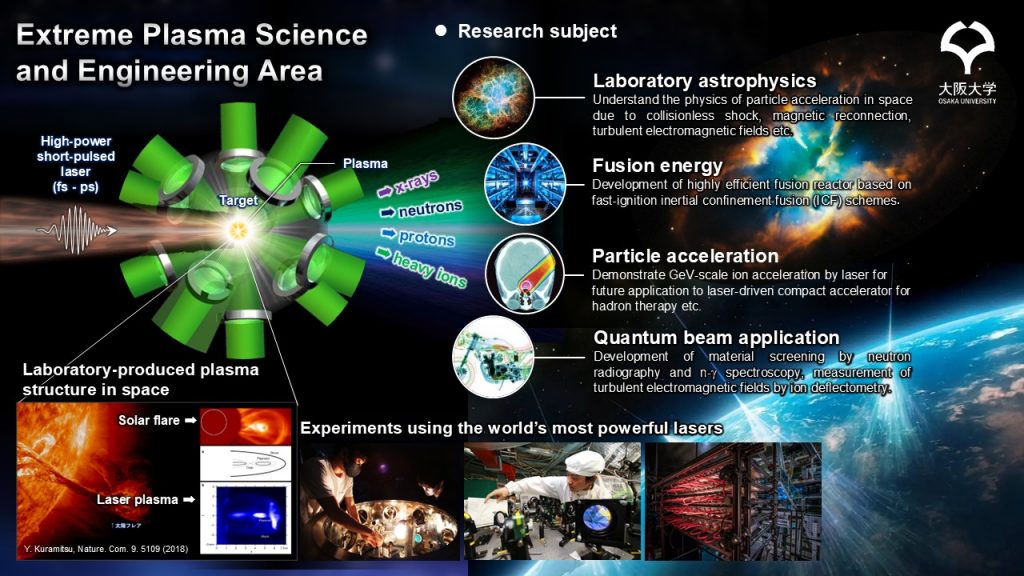
Materials are the key to unlocking nuclear fusion power as a safe and sustainable energy source. We study the incredibly complex interaction between fusion plasma and materials from both a fundamental and engineering point of view. From such framework, we pursue development of novel plasma generation technology and ion beam technology. Pulsed heat and particle loading effects on refractory materials are also our world leading research subjects.
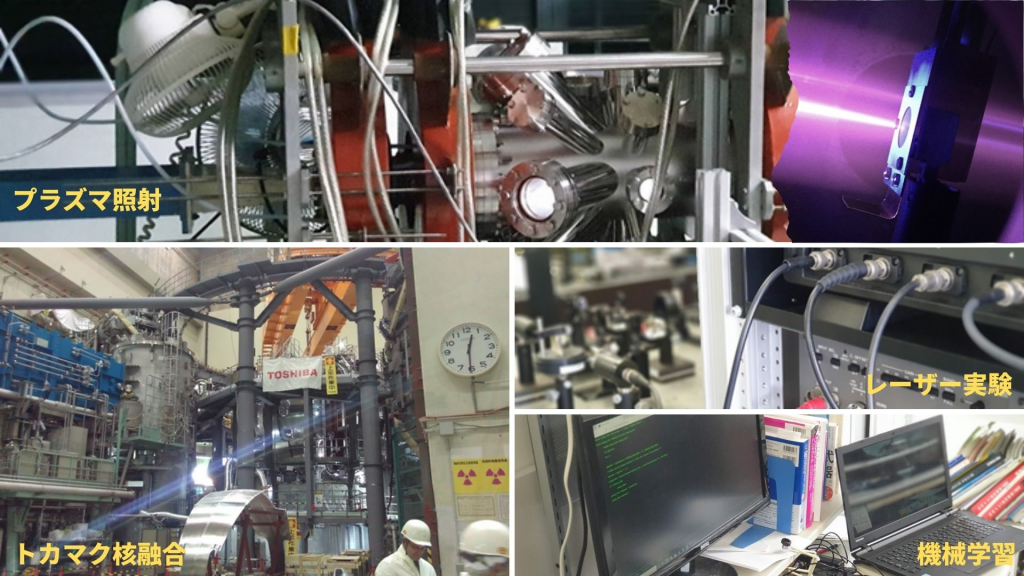
We are conducting research on the “Science of Extreme Conditions” using power laser technology, which is “High Energy Density Science”. This research field covers from the creation of scientific and technological innovations such as laser processing to the astrophysics including planetary science. High energy density science is attracting worldwide attention as a research field related to the creation of scientific and technological innovations as well as the creation of academia. In Japan, the Science Council of Japan proposed “Quantum leap jump in power laser technology and high energy density science and the creation of industry” on June 16, 2020. In such a situation, we are going to contribute to realize a sustainable and prosperous society and to open up future possibilities by exploration the unknown world through the research of high energy density science using high power lasers. The research is being promoted through domestic and international collaborations by using the most advanced large high- power laser facilities in the world including the XFEL.
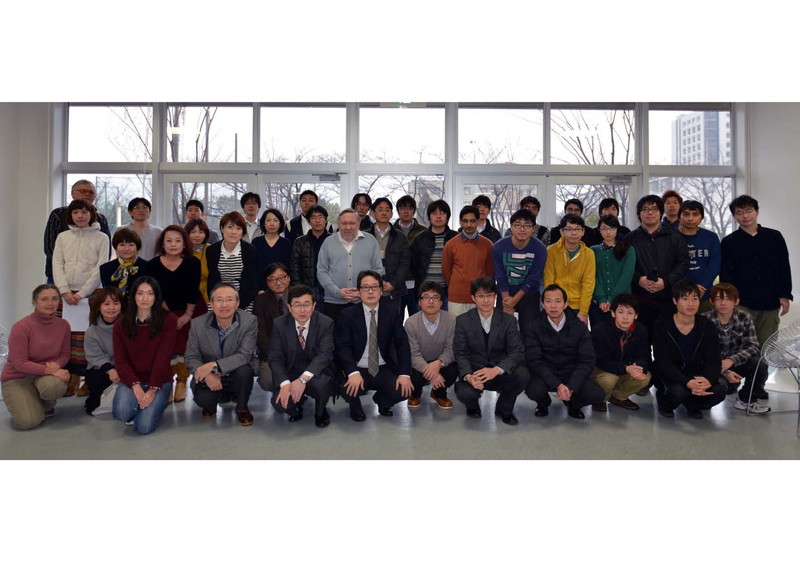
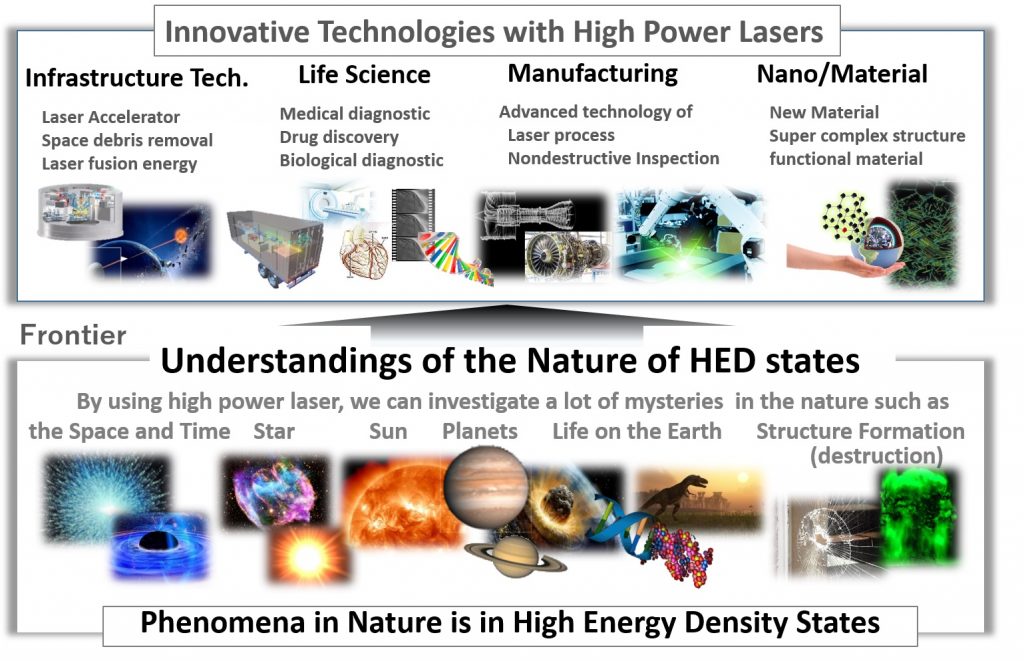
Electron cyclotron resonance (ECR) ion sources have been widely used for production of high intensity multicharged ion beams for accelerator, heavy particle cancer radiotherapy, space propulsion, bio-nano material fields, as well as implantation in industrial applications. With promoting basic and applied researches of ECR plasma, we are conducting research and development with respect to new beam source responsible for the next generation.
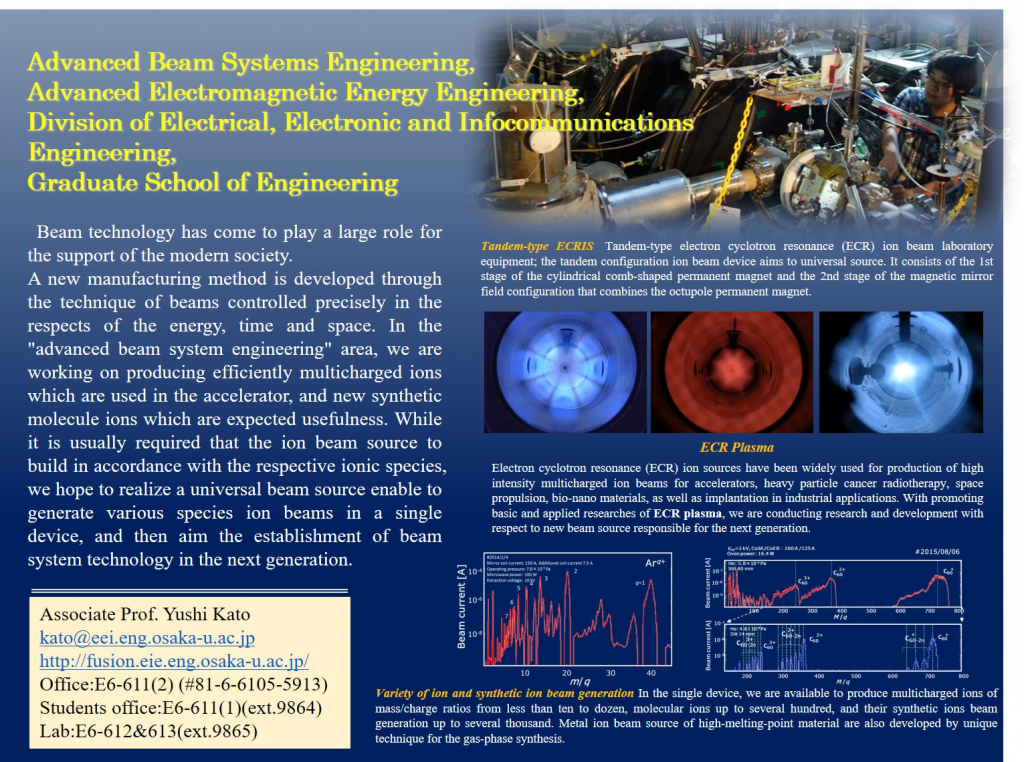
Our research interests are centered on optical materials, especially wide bandgap semiconductors, with the aim of seeking and creating singular characteristics, device structures, and systems. Specifically, we are developing a gigabit-class deep-ultraviolet LED optical wireless communication system for 6G and a unique technology for characterization of semiconductors (ODPL spectroscopy). We continue to create innovative solutions through our integrated R&D process (from basic research to application and production).
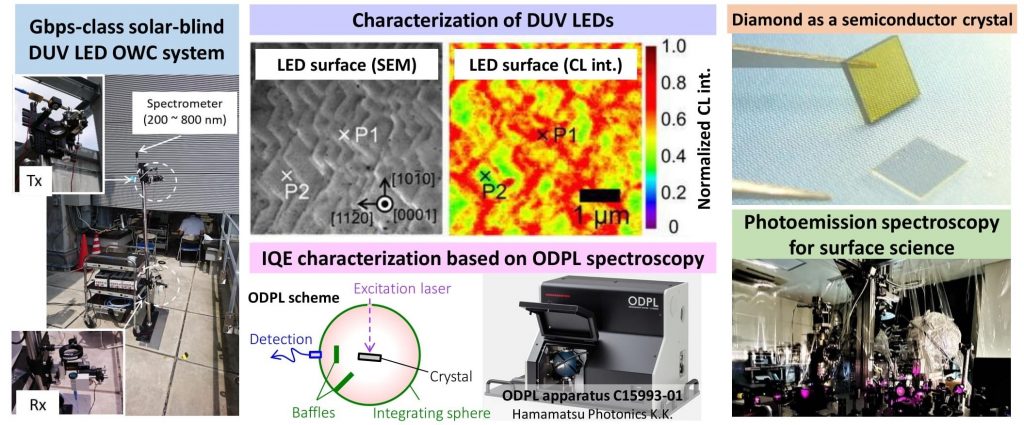
In our material innovation area, we aim to create innovations in new functional materials that hold the key to solve the problems of future environmental problems and advanced information society. Especially, we develop new wavelength conversion optical crystals and nitride semiconductor crystals, and provide an education on these researches.
Our laboratory aims to contribute to society through training of researchers and development of functional materials by practicing from basic research to practical application through industry-academia collaboration and venture creation.
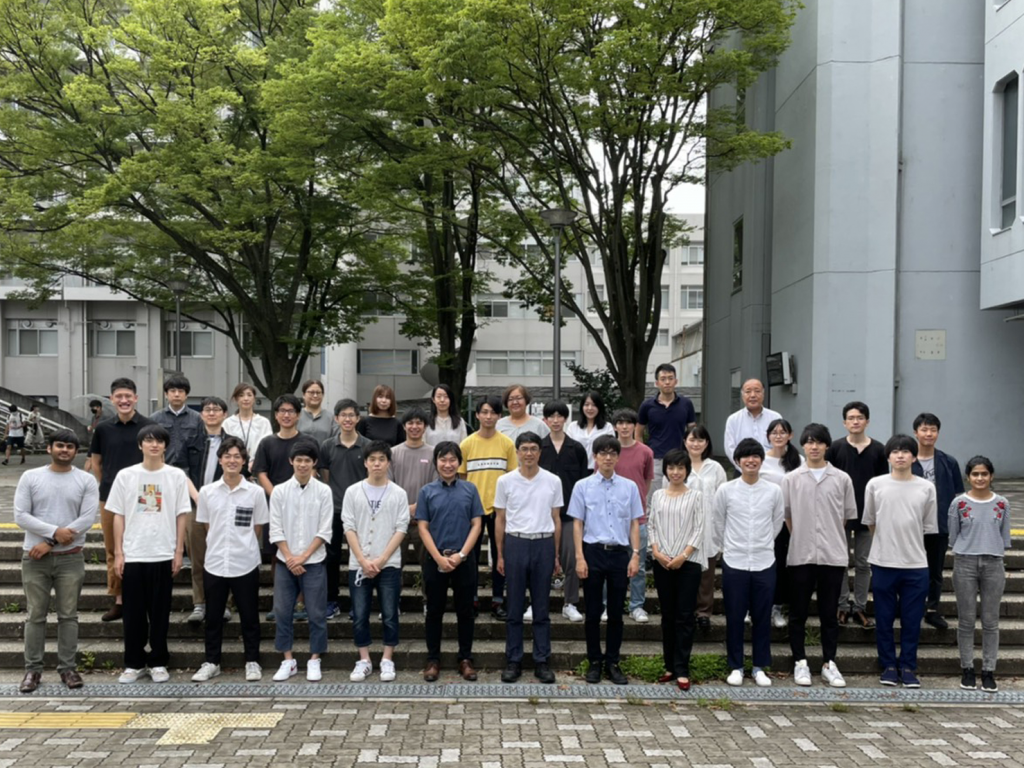
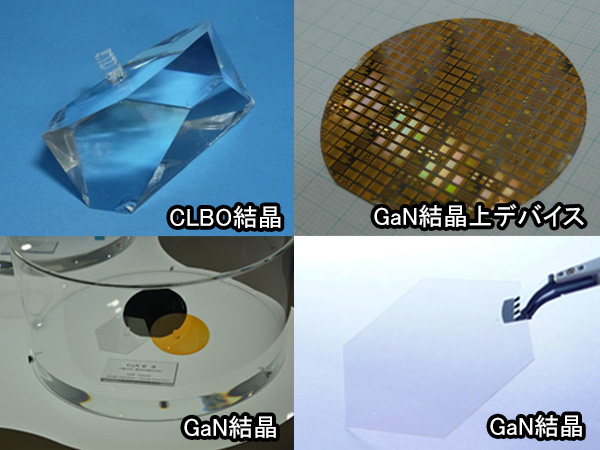
This area researches the physics of surface/interface of the materials for nano-electronics, which underpin today’s advanced information society from the hardware side.Especially, unique functions of low dimensional materials (2D nanosheets and 1D nanowires) like carbon nanotube, graphene, and other graphene-like layer materials, which are strong candidates for nanomaterials for next generation electronics, are explored and utilized for developing new applications such as sensor devices.
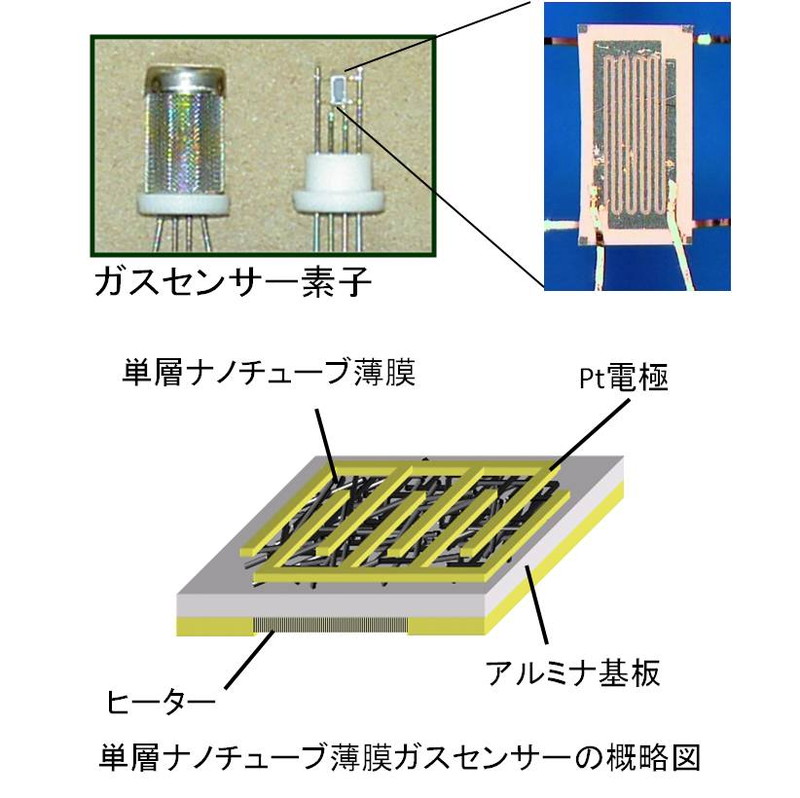
Innovative biominerals area conducts education and collaborative medical engineering research on biominerals (bones, kidney stones, vascular calcification etc.) with the aim of “future medical innovation to support healthy aging” in an aging society. In vivo, bone and kidney stones are the stage where cells and proteins play an active role. Our primary focus is on these materials, and we use electronics technologies such as laser technology, ultrasound, and optical measurement to elucidate the mechanisms of biomineralization and to develop novel therapeutic and preventive methods for bone defects, kidney stones, and vascular calcification. Furthermore, we aim to develop new crystalline material synthesis technologies by applying biomineralization strategies.
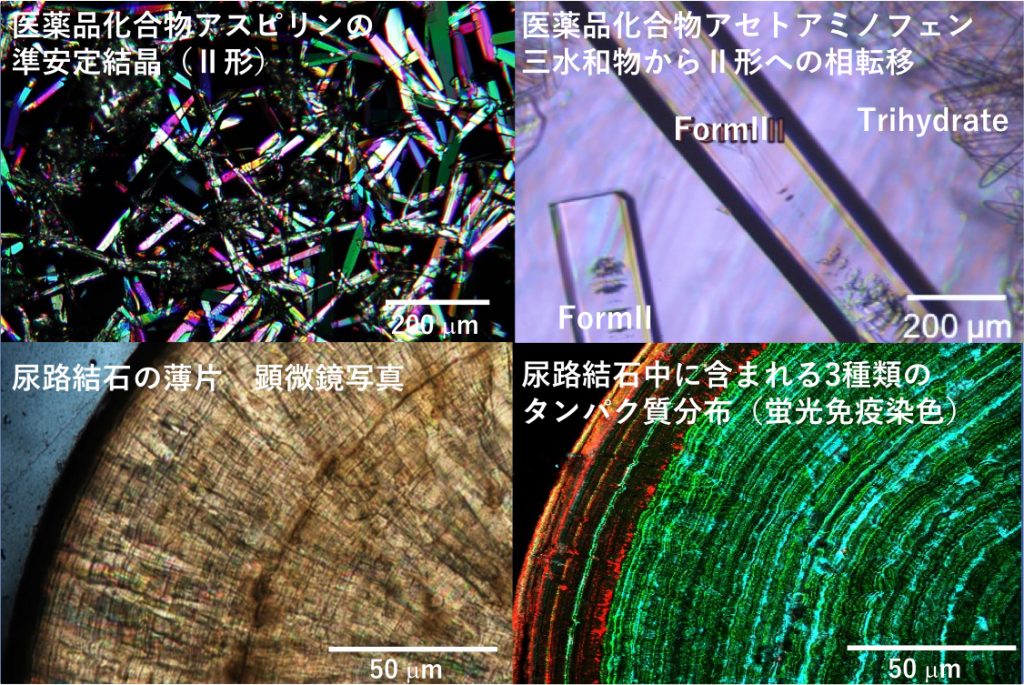
The area develops a series of quantum optoelectronic devices and systems: compact and energy-saving light sources with unachievable wavelength which contribute toward a low-carbon society, as well as ultra-high-speed quantum computation systems with high-degree of quantum superposition which enable the development of the new technologies such as big-data analysis and artificial intelligence. Current research targets are the fabrication of the nonlinear optical devices integrated with semiconductor lasers, quantum optical light sources made of wide-gap semiconductor, the exploration for the novel materials with huge optical nonlinearity, and the assembly of the above building-block devices into the novel systems.
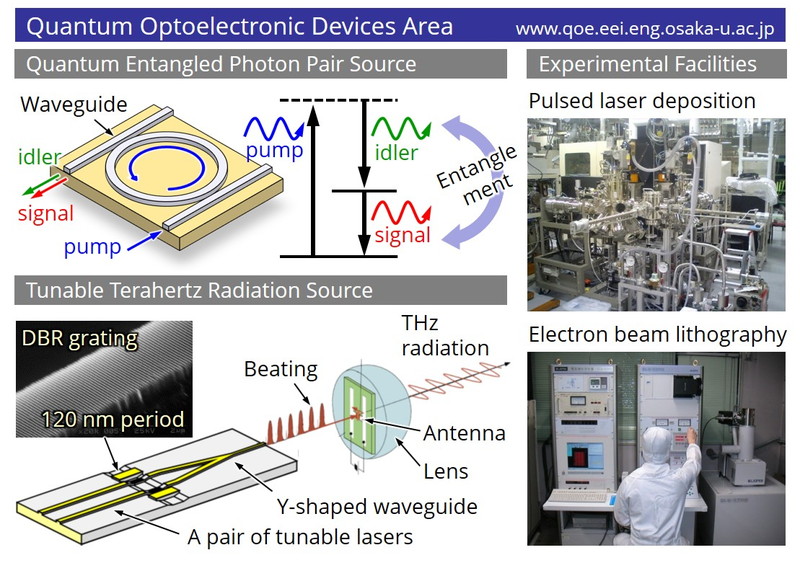
Semiconductors lasers which are familiar as the light source of barcode readers are small and high-performance theoretically. Kondow lab is developing a circular resonator with the diameter of 1μm. The left figure shows the SEM image of the fabricated resonator, and right figure shows the light distribution in the resonator. At first, on a 2D photonic crystal structure, we fabricated the circular resonator where the light was confined and amplified. Then, a waveguide used for output was set near the resonator. As a result, a semiconductor laser without any energy loss can be fabricated. If this device is accomplished, we can realize the dream of achieving 100 times current communication capacity.
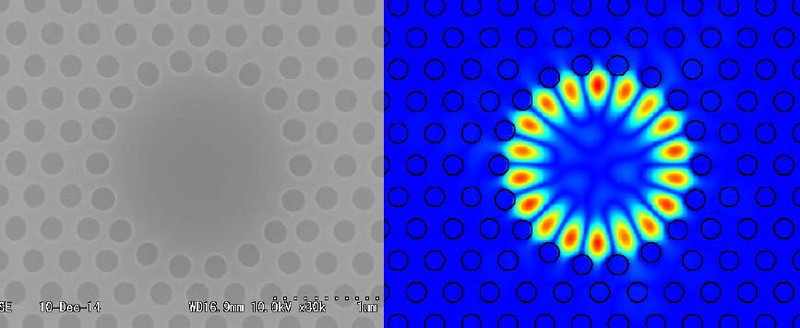
Our laboratory conducts theoretical research on novel materials and devices, and their applications in large-scale integrated electronic systems. The research topics cover a wide area from the basic semiconductor physics to the circuit and system design.
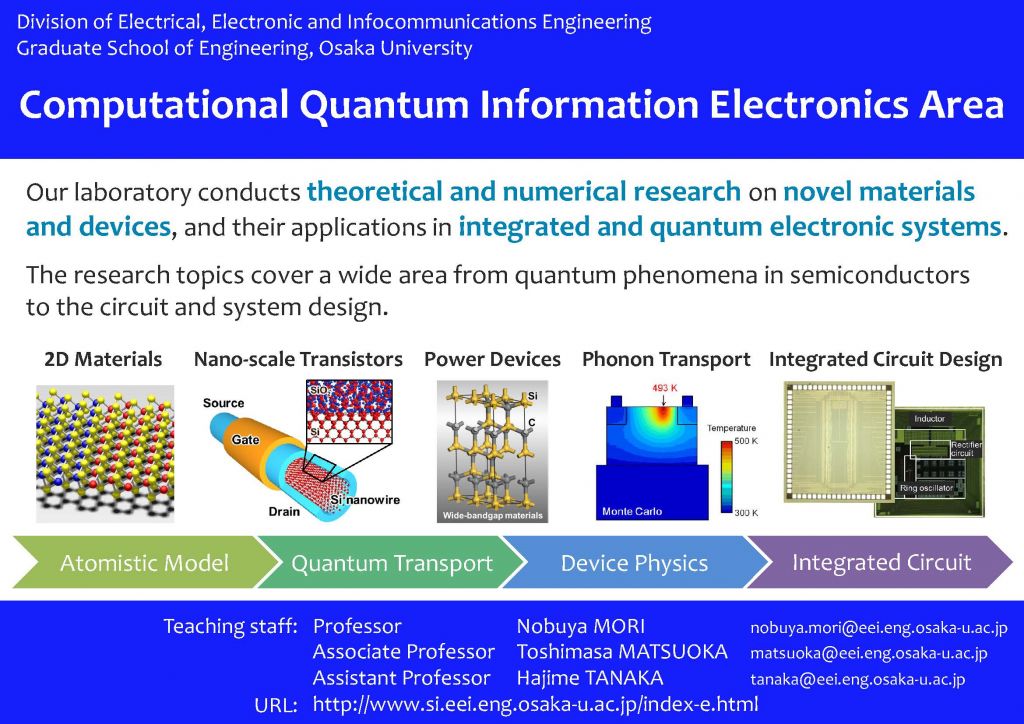
To achieve high performance large scale integration (LSI) systems, that will be fundamental key devices for next generation IoT/AI society, we develop ultra-low power and low voltage LSIs, energy harvesting systems, and bio- and physical-sensor interface devices.
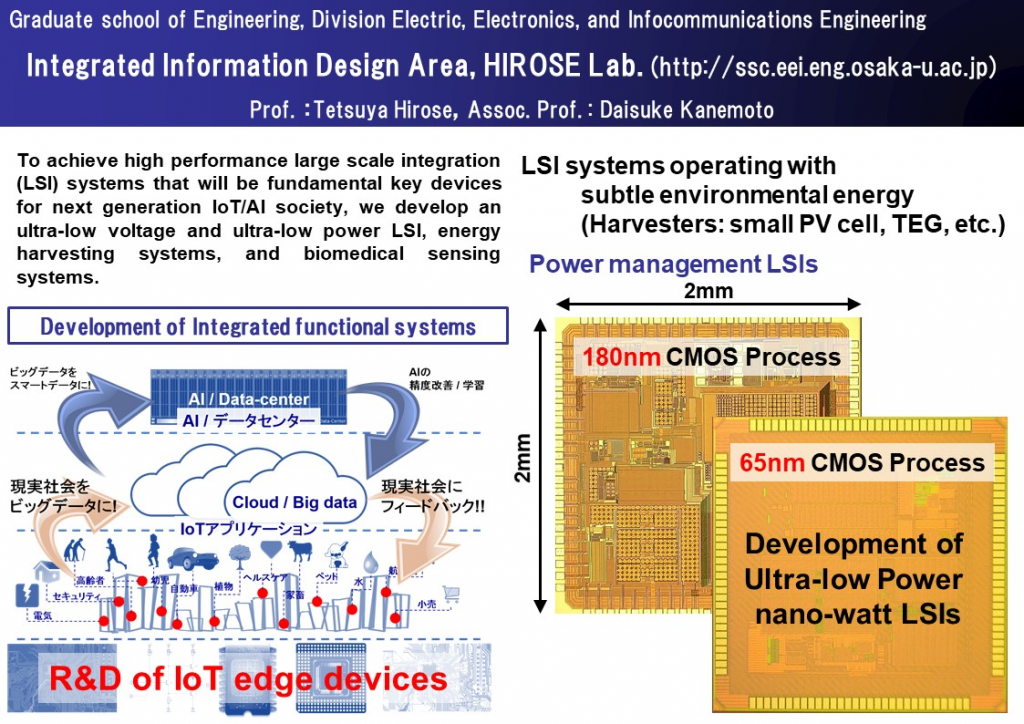
The brains in animals realize intelligent computations on sensory information with algorithms and architectures that are quit different from those of the state-of-the-art digital computers. Our laboratort aims at investigating such computational principles and underlying mechanisms in the visual nervous system by utilizing various neuroscience methodologies, and at developing the bio-morphic electronic devices based on the knowledges from them. In addtion, we are recently making a strong effort to the basic research-and-development of the neural interface devices for artificial visual prostheses as the medical application.

To meet the ever-growing bandwidth demand, our mission is to drastically improve capacity, flexibility, spectrum/energy efficiency, and security of photonic networks based on the advanced optical switching and transmission technologies. Our development takes place in all domains from access and mobile front-haul, through metropolitan, to long-haul transmission.
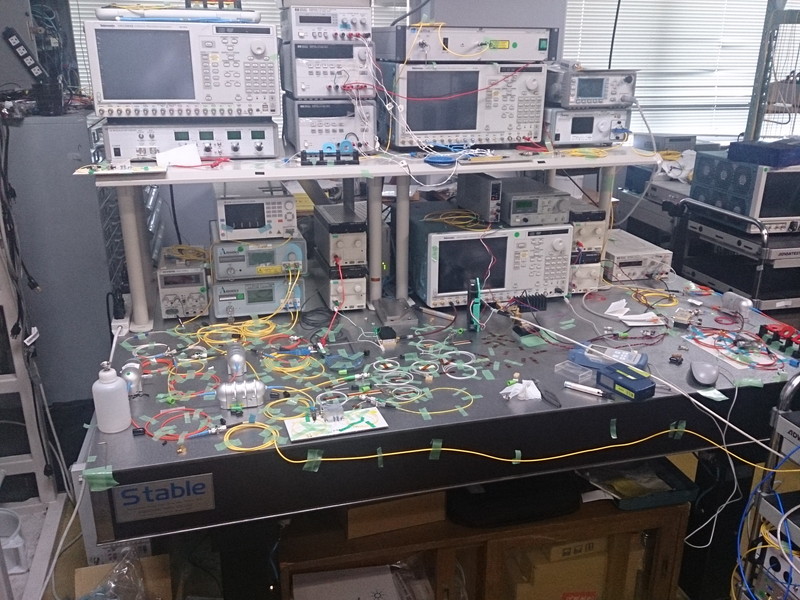
We focus on physical layer design and analysis of various wireless communications systems and networks. Our research interests include high data rate coded modulation schemes, massive MIMO signal detection, wireless access schemes for massive IoT devices, broadband and low power consumption wireless transmission schemes, low-complexity design of channel coding and decoding, and applications of statistical signal processing and machine learning to wireless communications systems.
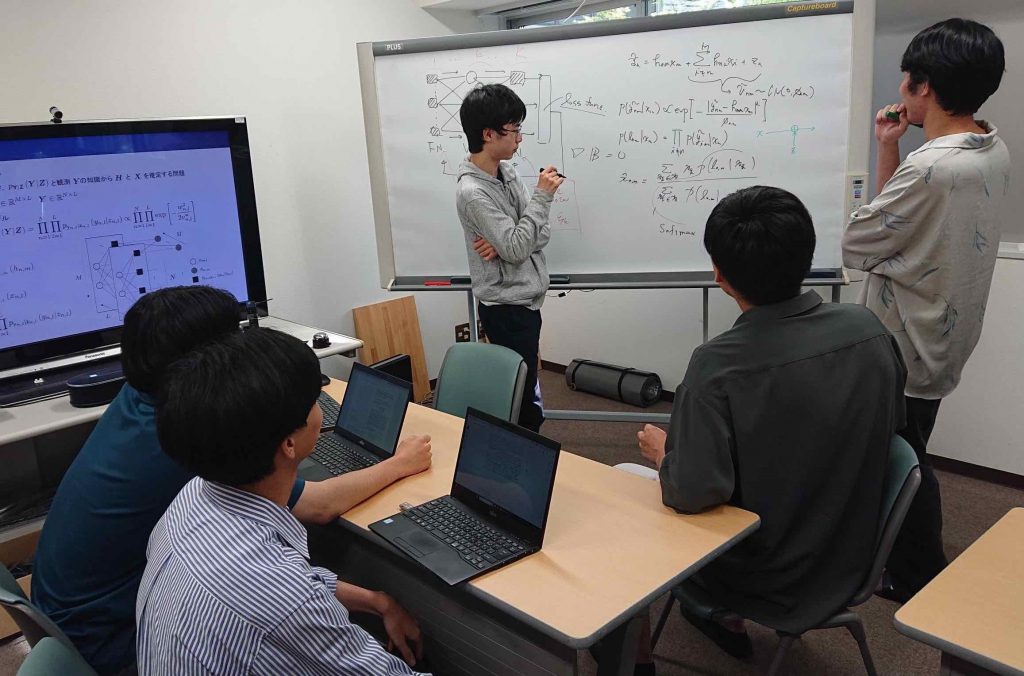
In recent years, diverse and large amounts of information have been transmitted over the Internet from IoT devices like cars or household appliances. Analysis and utilization of such big data are the key factor to the creation of next-generation industries, therefore, it has become a crucial issue to protect privacy of device users. Our laboratory studies the leading-edge cyber security and cryptographic theory, including privacy protection technology in big data analysis and utilization.
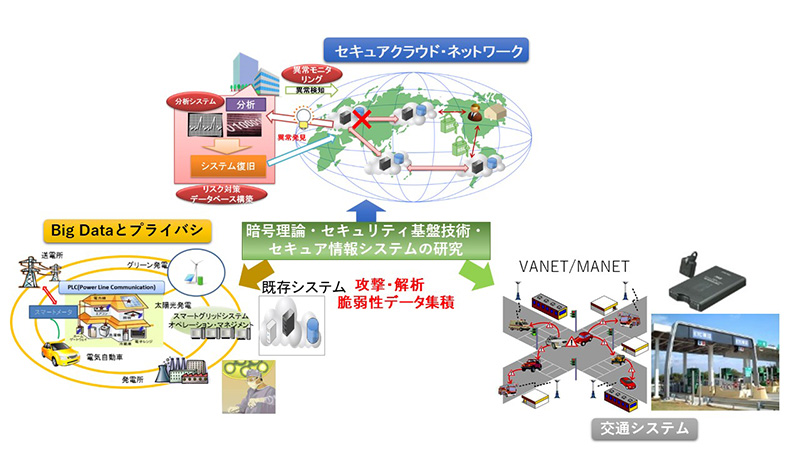
In this laboratory, we are conducting research on next-generation network technology that supporting a wide variety of applications such as augmented reality, automatic driving, delivery by drone,telemedicine, vegetable factory, which will be realized in the next 50 years. M ore specifically, we are studying on a wireless full-duplex communication in which the communication capacity is doubled in the same frequency band, a wireless power transmission method for supplying energy from a wireless access point, a wireless sensing which senses a state of a space using radio waves, and video transmission system to realize ultra-realistic images and augmented reality, etc.
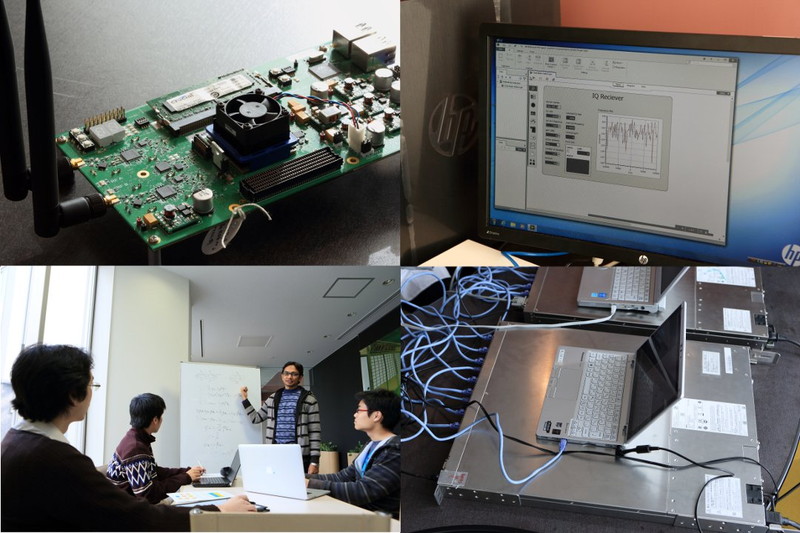
A new society that integrates cyberspace and physical space, as seen in digital twins and the metaverse, is being envisioned, and research and development efforts are being made toward its realization. In the Onoe Laboratory, we are conducting research on the architecture of computer systems in such a society, including the design methodologies of middleware and processors that form their foundation. Additionally, we are engaged in prototyping and demonstration experiments aimed at societal implementation. Currently, we are particularly focused on a wide range of research areas such as energy management, smart mobility systems, acoustic technology, and medical image analysis, in collaboration with domestic and international companies and research institutions.
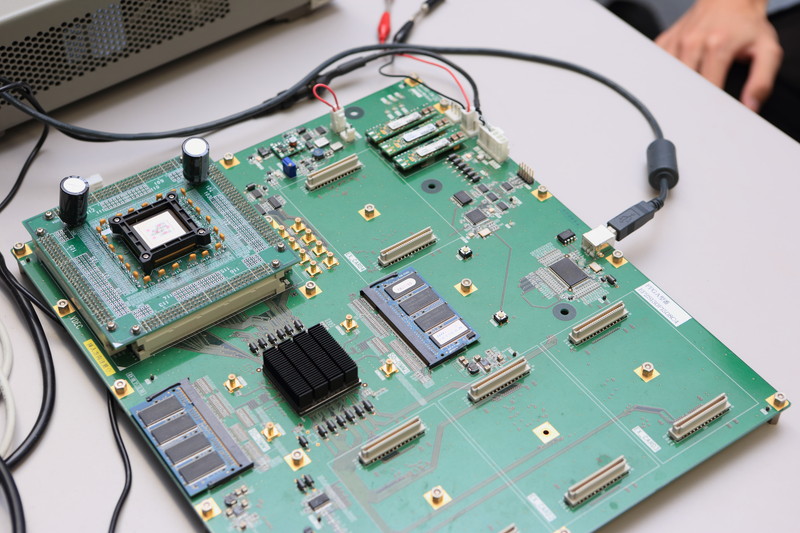
As information systems pervade every aspect of the modern information society, its dependability and reliability become key issues and challenges. Components of the information system are hardware, software, and humans who operate them. Based on such a background, our research and education areas include the topics on diagnosis of integrated systems: central processing units in the computer system and brain of the human.

Our main objective is to build sophisticated multimedia information systems. To this end, we study database, information processing, computer network, sensing, and artificial intelligence techniques, and fuse them. Many of our works can create new buisiness and are being done with companies. We actively present our works in domestic and international conferences.
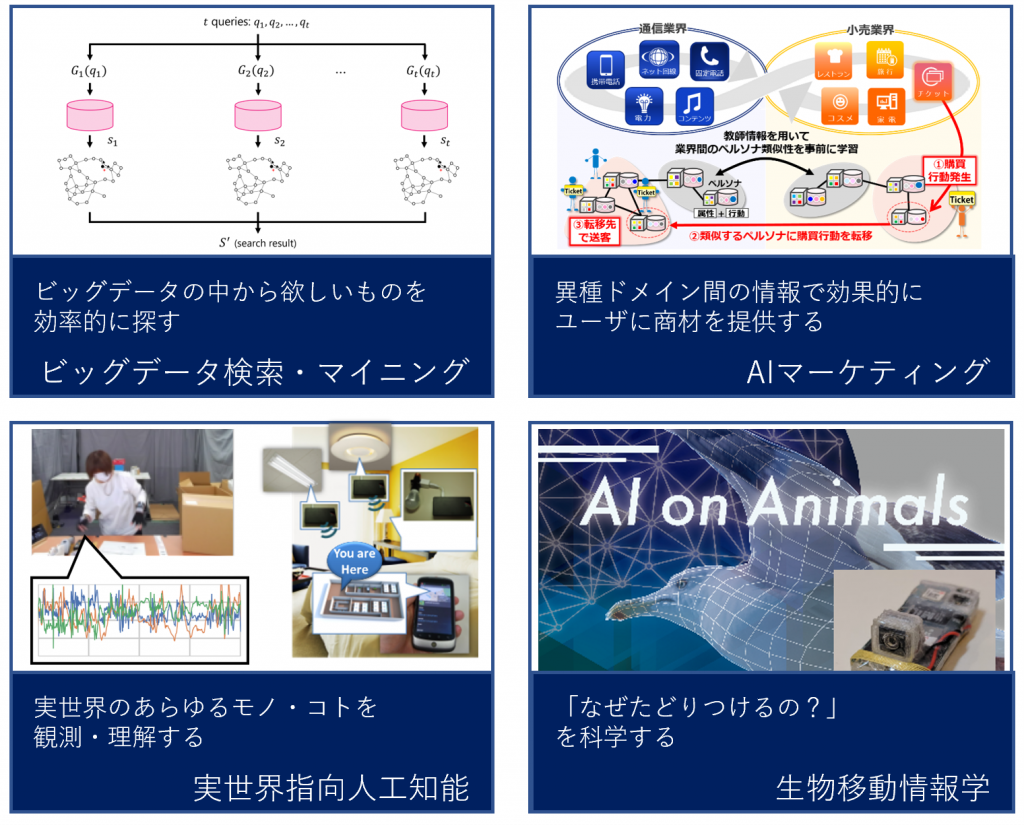
Our aim is to develop interface devices that can enhance peopleʼs interactions with their environment. In order to achieve this, we need to better understand the cognitive and perceptual basis of the interaction. Illusions are good examples for interface technology. They are natural responses that happen in all humans. Exploiting illusion makes it possible to support human behavior in a more effective and intuitive way. We are mainly working on developing such an interface device while investigating sensory-motor mechanisms of human perception. Psychophysics experimentation and mathematical modeling are used for evaluation of our devices.
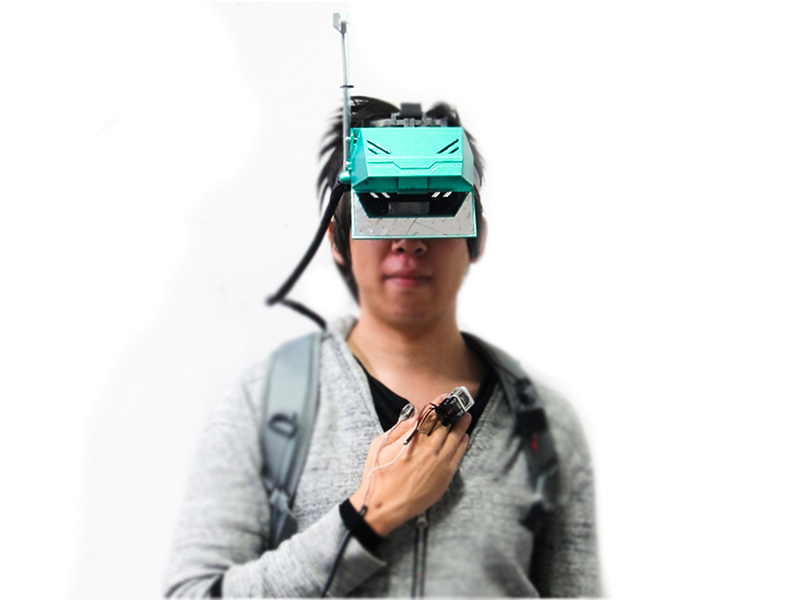
We aim to pursue theory and practice in the research field of Big Data & AI(Graph neural networks, Large language models, Cloud databases, AI-driven Computer simulation).

In this laboratory, we research and develop methods to synthesize or generate data with privacy considerations across various fields, including engineering, science, sociology, economics, politics, literature, psychology, and medicine. Through research activities focused on developing Synthetic Data Technology for digital twins of real communities and Generative AI for drug discovery, we train our students to become data scientists.
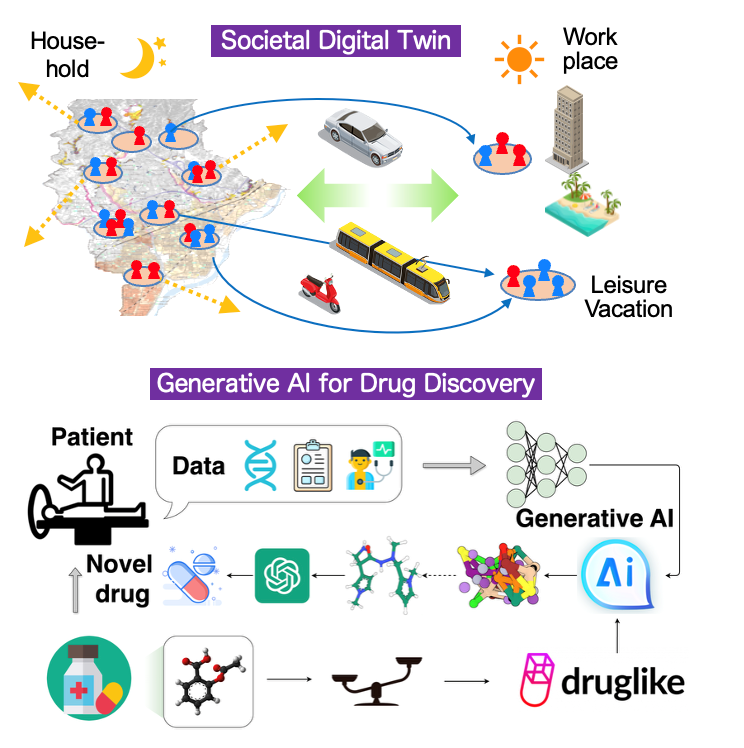
We aim to develop vision systems as fundamentals of artificial intelligence based on computer vision, machine learning, data mining, image processing, time-series data processing, and optimization. Topics of research and education include knowledge discovery from sensor data in the real world, vision systems for robots, and efficient algorithms for optimization.
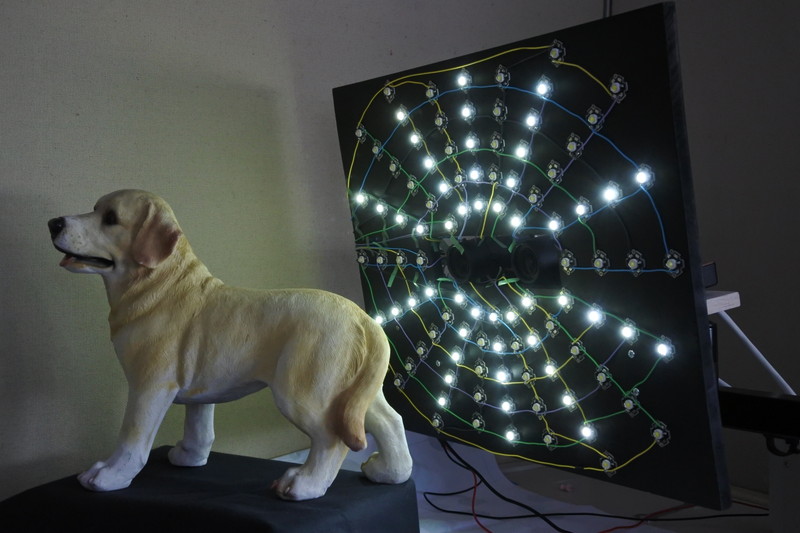
Top
